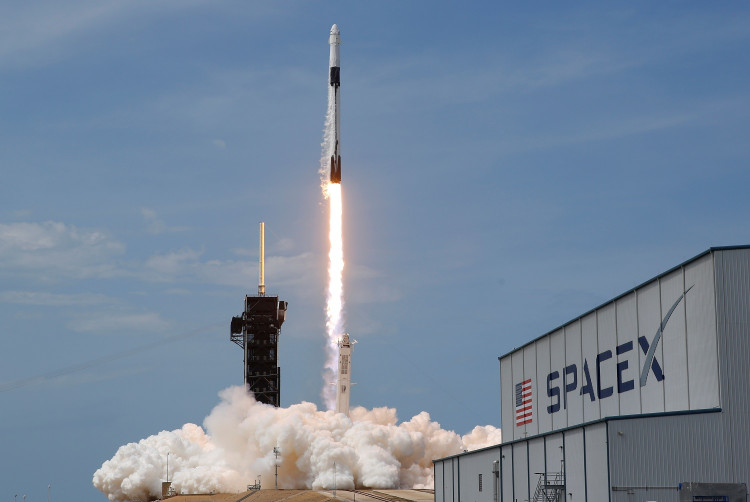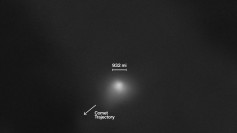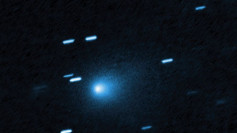On Sunday, a SpaceX Falcon 9 rocket launched from Florida's Cape Canaveral Space Force Station, delivering 51 Starlink internet satellites to orbit.
In an effort to build a massive constellation for broadband service targeted at remote places, SpaceX has already launched more than 3,000 Starlink satellites into orbit. In 2022 alone, SpaceX has already launched over 25 Starlink-focused flights.
Sherpa-LTC2, a space tug sponsored by the Seattle-based business Spaceflight, was also on board with Starlink Group 4-20. According to SpaceNews, Boeing's Varuna Technology Demonstration Mission (Varuna-TDM) is using the tug to transport a payload that will test V-band communications for a projected constellation of 147 non-geostationary broadband satellites.
SpaceX verified via Twitter that Sherpa-LTC2 launched from the Falcon 9's upper stage 49 minutes after liftoff, and Starlinks followed 23 minutes later.
Sherpa-LTC2 has "gone through all kinds of checks to get things right," according to Spaceflight CEO Curt Blake, ahead of its September launch.
The OTV was fitted with a payload for Boeing's Varuna Technology Demonstration Mission prior to its four-to-five-day truck voyage from Seattle to Cape Canaveral (Varuna-TDM). The demonstration will put V-band communications to the test for a proposed constellation of 147 non-geostationary broadband satellites.
"Potential customers and industry partners will have the opportunity to participate in preliminary evaluations of this service, which is intended to provide unprecedented levels of connectivity across the globe to government and commercial customers," a Boeing representative said.
SpaceX rockets have been used by Spaceflight to deploy its growing fleet of new generation space tugs.
The first of these, a Sherpa-FX with no propulsion, made its debut in January 2021 as part of a ride-sharing mission with SpaceX's Transporter-1.
Later that year in June, a Sherpa-FX2 and a Sherpa-LTE - Spaceflight's first OTV with electric propulsion - were deployed as part of SpaceX's Transporter-2 mission.
According to the mission plan for Sunday, SpaceX intended to land the first stage of its Falcon 9 rocket softly on the droneship Just Read the Instructions, which was positioned in the Atlantic Ocean. The seventh landing for this specific launcher took place as expected, 8.5 minutes after launch.
In late August, SpaceX founder and CEO Elon Musk announced plans to use Starlink to beam connectivity directly to cellphones in collaboration with T-Mobile. Another agreement announced on Aug. 30 will see Starlink service beamed to Royal Caribbean cruise ships.
The launch on Sunday was SpaceX's 40th of the year, and it added to the Starlink megaconstellation. SpaceX has received authority to launch 12,000 Starlink satellites and has sought an international agency to approve an additional 30,000.




